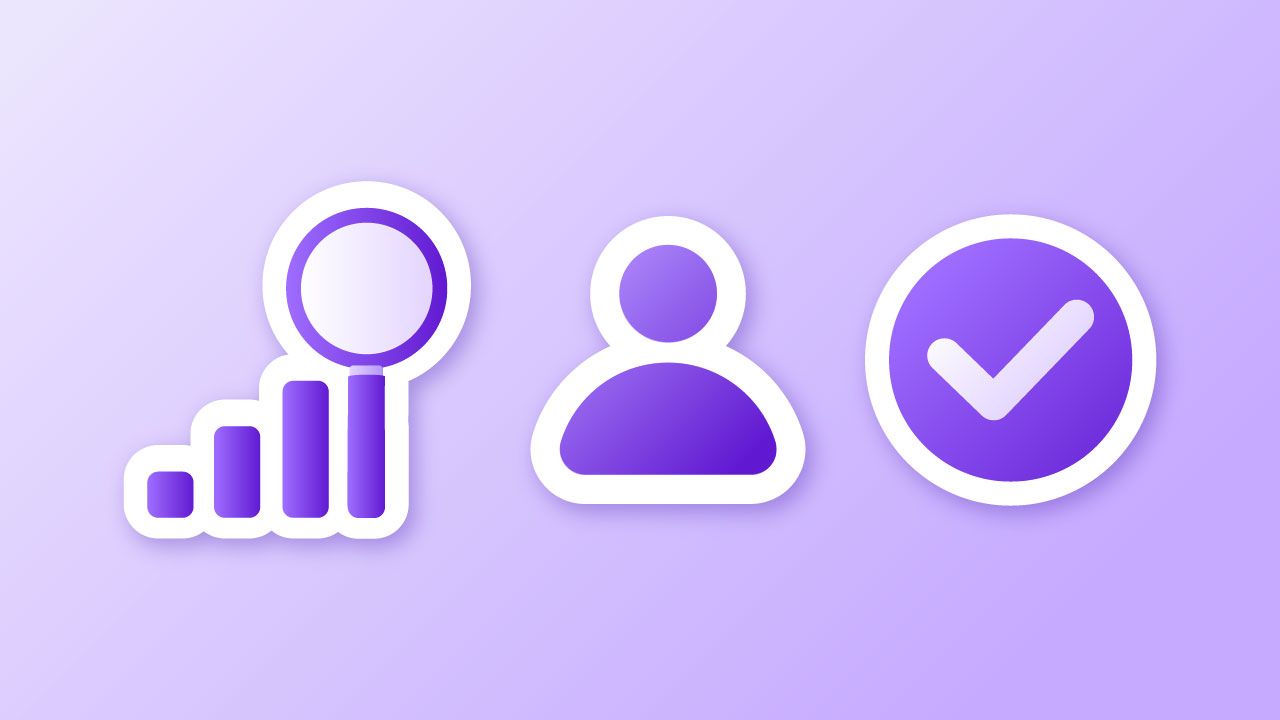
As trends shift like sands and consumer behaviors evolve rapidly, one cornerstone remains unshakable: understanding your target customers. The foundation of successful product building lies in understanding their heartbeats. While market research has long been a staple in strategic planning, sustainable growth requires companies to delve deeper. And there is a much more potent tool at our disposal. Customer surveys.
My grandmother used to always say, an hour’s sleep before midnight is worth two after. The wisdom in this is that the right action taken at the right time is more powerful and impactful. Customer research before market research will eliminate unnecessary detours and failures in our product development.
Shortfalls of market research
Market research is akin to viewing your audience through a distant lens, gathering data points, trends, and statistics. However, it can miss the mark when it comes to identifying nuanced, unmet customer needs. Market research often answers the "what" and "how" of customer preferences. It can tell you what products are in demand and how customers interact with them. However, the elusive "why" behind these desires remains obscured.
There are a lot of frameworks well known to us. SWOT, market segmentation, competitor analysis, Ansoff matrix and many more. However, these frameworks are analytical tools that help us organize information based on the background knowledge we already have, rather than give us new insight into the market. And innovation guided solely by market trends can lead to a sea of me-too products.
Customer research before market research
A common mistake unconsciously made is considering customer research as a supplementary tool to market research. Customer research is conducted afterwards to fill in the gaps of one’s understanding.
However, market research often begins with a focus on industry trends and competitive landscapes. While these insights are valuable, they can also plant preconceived notions in the minds of product makers. Approaching customer research with these biases can lead to cherry-picking data that aligns with existing assumptions. The bias will affect the way the questions are designed, and can have the subliminal effect of limiting customer opinions to become reactionary rather than authentic. They can only communicate their reactions to the trend you are presenting, not reach into the depths of their desires and needs.
Customer research focuses on the individuals behind the data - their aspirations, pain points, values, and desires. The goal of customer research is to uncover the hidden needs and fundamental reasons behind how they act and think. This will enrich the market research that follows by adding depths to the context of your understanding. This proactive approach enables companies to position their products or services as solutions tailored to customers' unique challenges, fostering loyalty and differentiation.
Customer research framework: job-to-be-done
The premise is simple: people 'hire' products or services to get specific jobs done in their lives. By identifying these 'jobs' and understanding the underlying motivations, we can tailor their offerings to address real pain points. This customer-centric approach, or the job-to-be-done framework, ensures that your solutions aren't just products but essential tools that improve lives.
It starts by identifying the ‘why’ behind customer desires. Once you've identified various jobs, segment your customers based on these jobs rather than traditional demographics. Prioritize these jobs based on the frequency and significance to your customers. This helps you focus your efforts on the areas that matter most to your target customers.
Benefits of well-conducted customer research
Customer research often involves engaging directly with your existing customers or potential customers. This approach can be cost-effective because it eliminates the need for extensive data collection or third-party resources. Surveys, interviews, and focus groups can be conducted in-house or through online platforms, significantly reducing expenses compared to elaborate market research studies. By targeting a specific group, you can collect focused insights without the need for expansive data sets, which can save both time and money.
Customer research can yield actionable insights in a relatively short period. Since you're engaging directly with your target audience, the process can be more streamlined and agile. Surveys can be designed, distributed, and results collected swiftly. This enables businesses to quickly adapt their strategies based on fresh insights. In contrast, market research might involve more extensive data collection and analysis, leading to longer turnaround times. By focusing on your customers' needs and preferences, you can rapidly fine-tune your products, services, or marketing approaches, giving you a competitive edge in dynamic markets.
Iterations are key
Customer research is not a one-time exercise. Productive building is a continuous journey of improvement, and feedback loops are your compass. By actively seeking customer feedback post-interaction, you can uncover insights that guide refinement. Continuously gather feedback and monitor how well your solutions are helping customers accomplish their jobs utilizing surveys and active conversational channels.
Start your customer research with a tool built by people who understand




